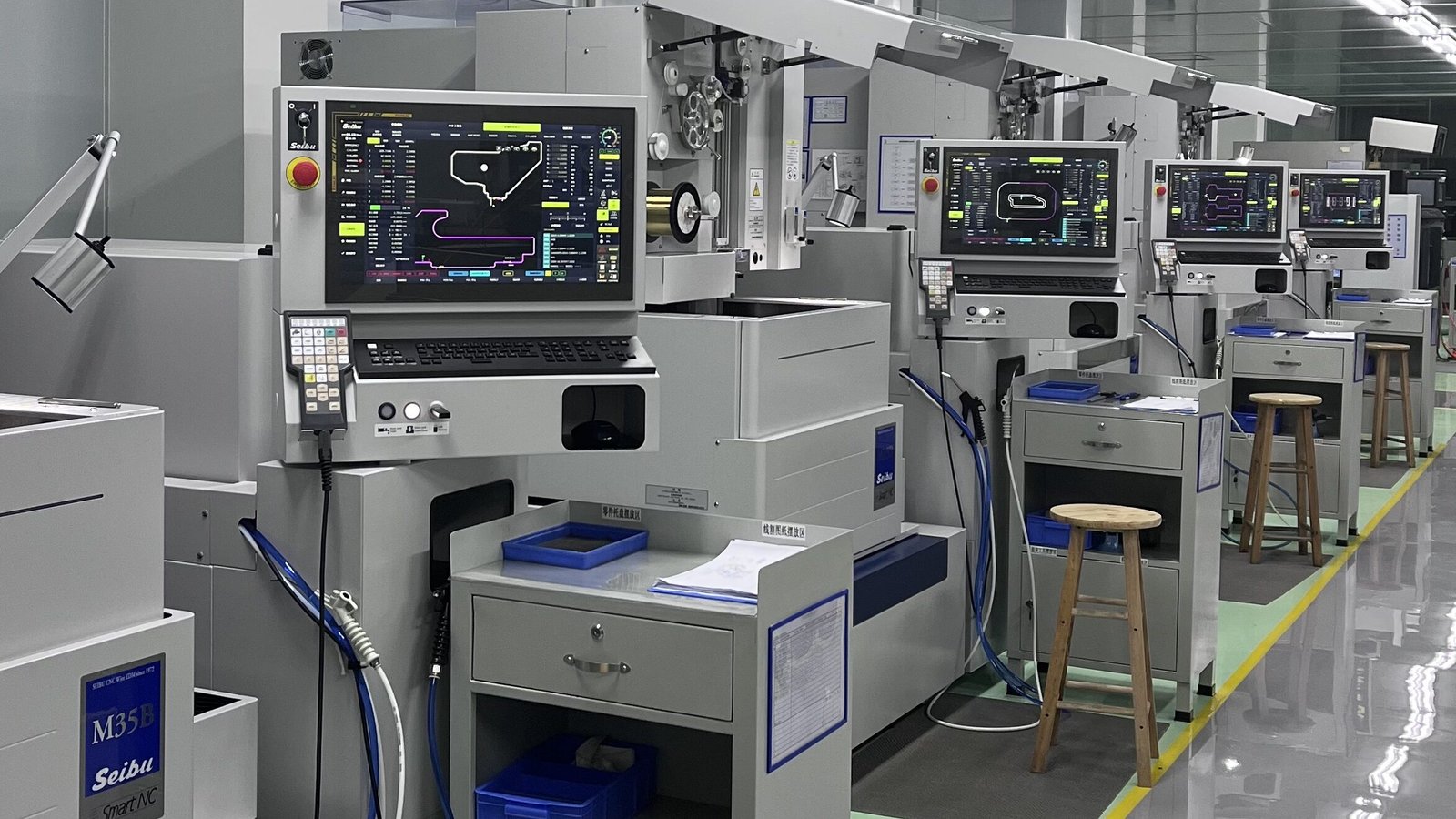Outsourcing has become a buzzword in the manufacturing industry, especially in the realm of tool & die projects. But is it the right move for your business? Let’s weigh the advantages against the drawbacks.
Outsourcing tool & die projects can offer cost savings, access to specialized expertise, and flexibility. However, it may also come with challenges like quality control issues, communication barriers, and potential delays.
To make an informed decision, it’s essential to delve deeper into the specifics of outsourcing in the tool & die sector.

The Allure of Outsourcing
In today’s globalized world, outsourcing has emerged as a strategic tool for businesses looking to optimize operations and enhance competitiveness. The allure of outsourcing, especially in the tool & die sector, is multifaceted. Let’s delve into some of its primary benefits.
Cost-Effectiveness
Outsourcing tool & die projects can lead to substantial cost savings in various ways. Firstly, labor costs in certain countries are significantly lower than in Western nations, allowing businesses to tap into skilled labor at a fraction of the price. Additionally, by outsourcing, companies can avoid hefty overhead expenses associated with maintaining in-house facilities, equipment, and staff. This reduction in fixed costs means that businesses only pay for services when they need them, leading to more efficient budget allocation and improved profitability.
Access to Expertise
One of the most compelling reasons to outsource is the opportunity to access specialized expertise. Many outsourcing providers have honed their skills over years, if not decades, and bring a wealth of experience to the table. This expertise can be particularly beneficial for businesses that may not have the in-house capabilities to handle complex tool & die projects. By outsourcing, companies can leverage cutting-edge technologies, innovative methodologies, and best practices that they might not have been exposed to otherwise.
Flexibility and Scalability
The dynamic nature of the manufacturing industry requires businesses to be agile and adaptable. Outsourcing offers unparalleled flexibility in this regard. Companies can quickly scale their operations up or down based on demand, without the constraints of long-term commitments or the challenges of managing a large workforce. This adaptability ensures that businesses can respond to market fluctuations promptly, seizing opportunities when demand is high and conserving resources during lulls.

The Potential Pitfalls
While outsourcing offers a myriad of benefits, it’s not without its challenges. As businesses venture into the realm of external collaboration, they may encounter pitfalls that can impact the success of their projects. Let’s explore some of these potential challenges.
Quality Control Concerns
One of the most pressing concerns when outsourcing is ensuring consistent quality. When projects are handed over to external providers, especially those overseas, maintaining the same quality standards can become challenging. Different providers might have varying definitions of “quality,” and without direct oversight, there’s a risk of receiving subpar products or services. This is particularly true when dealing with intricate tool & die projects, where precision is paramount. To mitigate this, businesses often invest in rigorous quality checks, frequent audits, and establish clear quality benchmarks with their outsourcing partners.
Communication Barriers
Effective communication is the bedrock of successful outsourcing. However, when dealing with providers from different countries, language barriers, time zone differences, and cultural nuances can pose challenges. Misunderstandings can lead to errors, delays, and increased costs. For instance, a simple term in one culture might have a different connotation in another, leading to misinterpretations. To overcome these barriers, businesses often employ bilingual project managers, utilize advanced communication tools, and conduct regular face-to-face or virtual meetings to ensure clarity.
Dependence and Intellectual Property Risks
Relying heavily on an external provider can lead to a dangerous level of dependence. If the provider faces operational issues or decides to hike prices, it can disrupt the entire supply chain. Moreover, sharing designs, blueprints, and other sensitive information with external parties can expose businesses to intellectual property theft or unintentional leaks. To safeguard their interests, companies must draft clear contracts outlining IP rights, employ non-disclosure agreements, and ensure that their partners have robust data protection measures in place.

Making the Right Choice
Outsourcing, while advantageous, is not a one-size-fits-all solution. The decision to outsource tool & die projects should be made judiciously, taking into account various factors. Here’s a guide to help businesses make an informed choice.
Assessing Your Needs
Before jumping onto the outsourcing bandwagon, it’s crucial to assess your business’s unique needs. Start by evaluating your project requirements. Are they short-term or long-term? Do you have the necessary in-house expertise, or is the project beyond your team’s capabilities? Also, consider your risk tolerance. Are you comfortable sharing sensitive information with external parties? Understanding your goals, requirements, and limitations will provide clarity on whether outsourcing aligns with your business objectives.
Vetting Potential Partners
Choosing the right outsourcing partner can make or break your project. Begin by conducting thorough research. Check references, read reviews, and gather feedback from other businesses that have collaborated with the potential partner. Financial stability, a track record of timely deliveries, and a reputation for quality are essential indicators of a reliable partner. If possible, conduct on-site visits to gauge their operational capabilities, meet the team, and get a firsthand look at their processes. This due diligence will ensure that you partner with a provider that aligns with your standards and expectations.
Setting Clear Expectations
Once you’ve chosen an outsourcing partner, it’s imperative to set clear expectations. Establish open lines of communication from the outset. Clearly define project milestones, deliverables, and timelines. Outline quality benchmarks and ensure that the partner understands them. Regular check-ins, progress reports, and feedback loops can help keep the project on track. Remember, the key to a successful outsourcing relationship is mutual understanding and collaboration. By setting clear expectations, you pave the way for a smooth, productive partnership.

Conclusion
Outsourcing tool & die projects is a strategic decision that can offer businesses a competitive edge, but it’s not without its challenges. The allure of cost savings, access to specialized expertise, and operational flexibility is undeniable. However, potential pitfalls like quality control issues, communication barriers, and intellectual property risks can’t be overlooked.
To navigate the complex landscape of outsourcing, businesses must be proactive. Assessing individual needs, thoroughly vetting potential partners, and setting clear expectations are critical steps in ensuring a successful outsourcing experience. Moreover, understanding the nuances of both the benefits and challenges associated with outsourcing is paramount.
In the end, the decision to outsource should align with a business’s goals, risk tolerance, and project requirements. By taking a holistic approach and weighing the pros against the cons, businesses can make an informed choice that best serves their interests and ensures the success of their tool & die projects.



